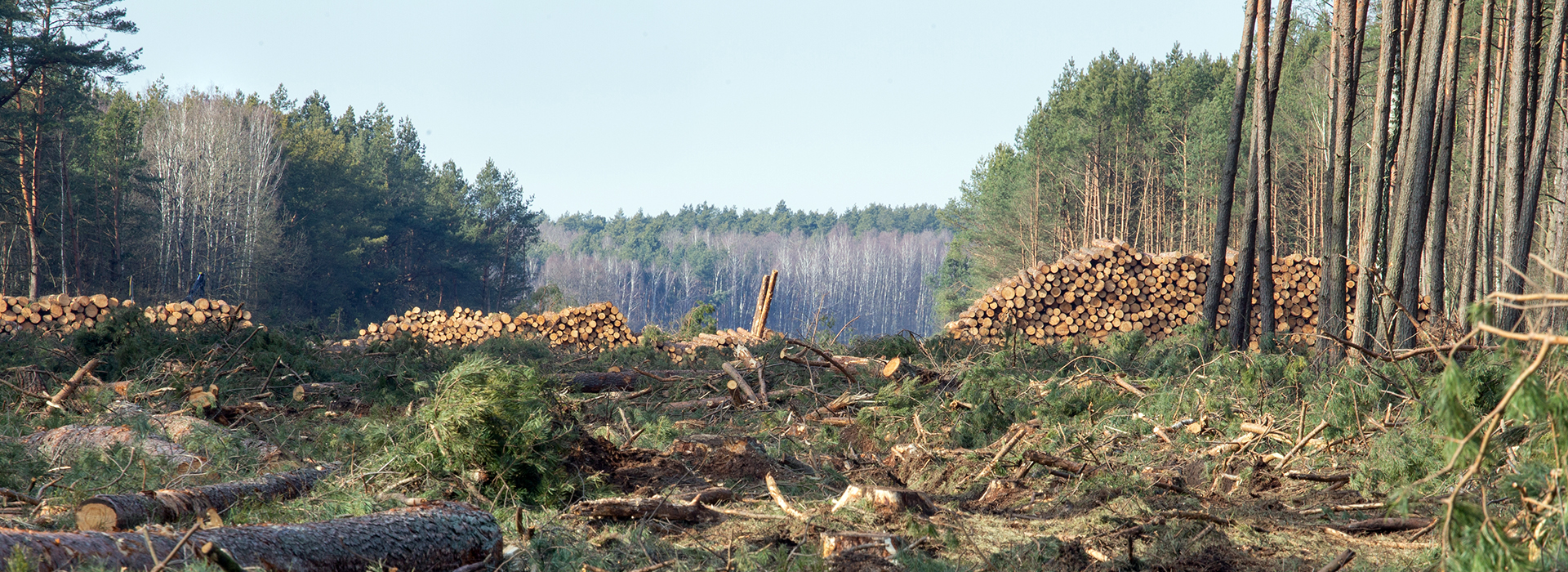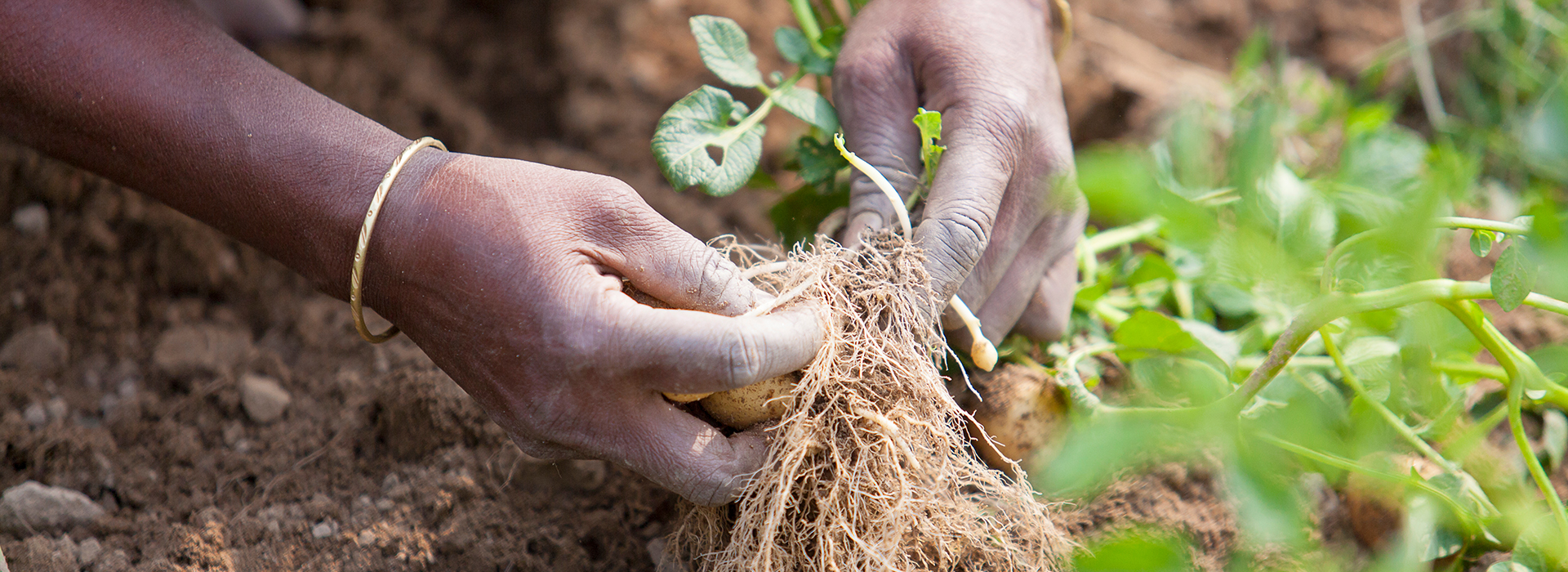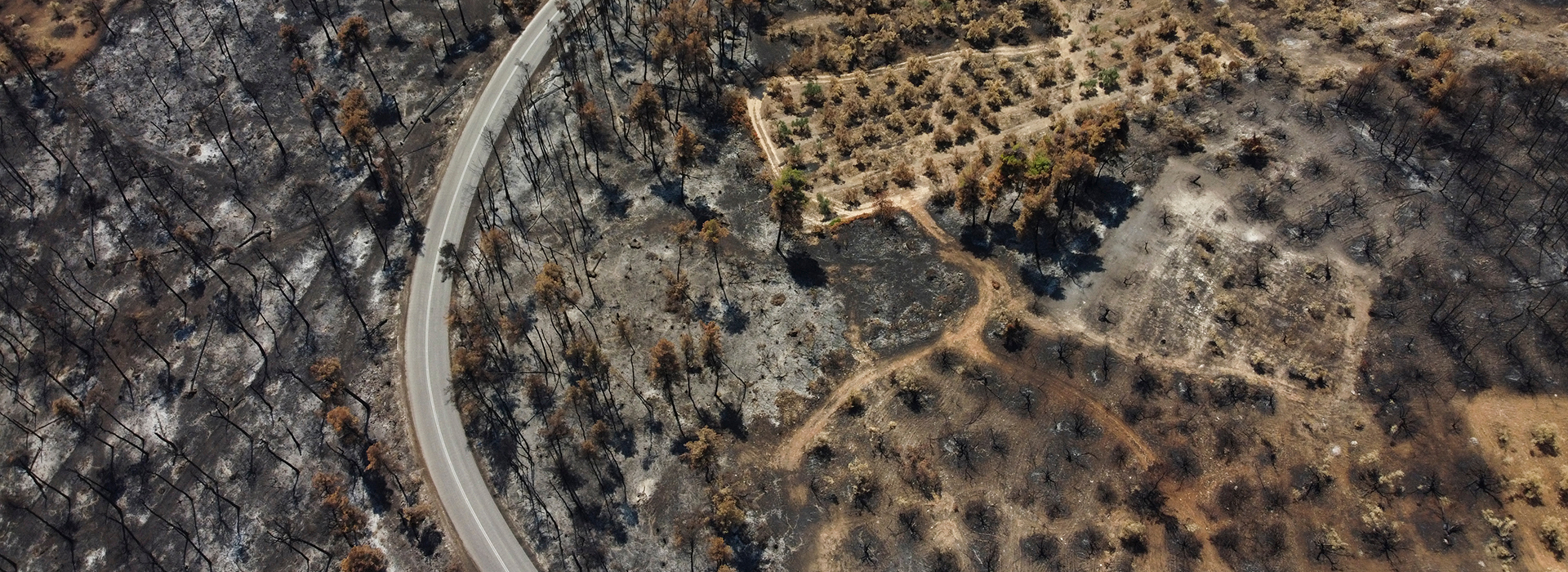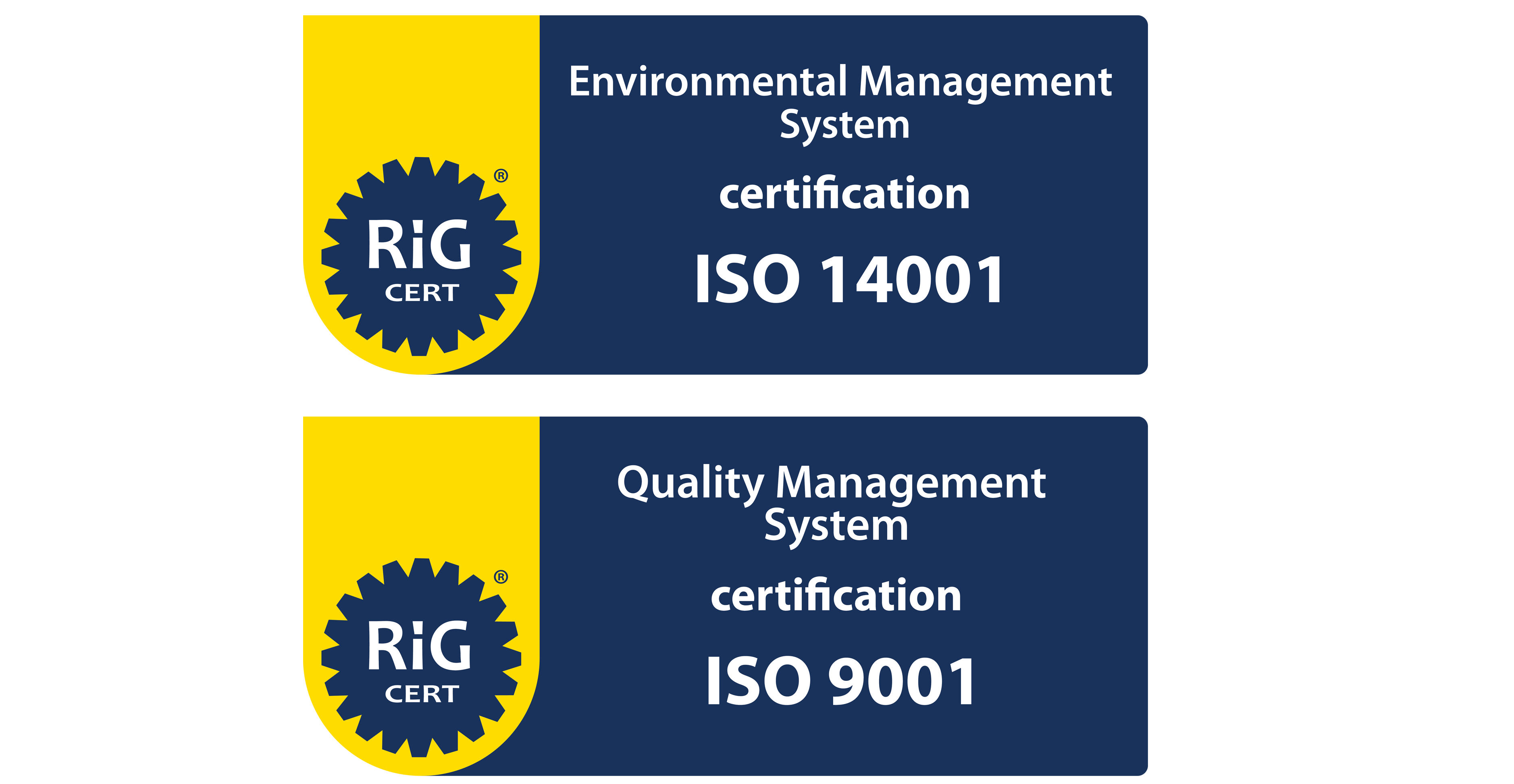Become an official member of we4all
and help us create a better future for all.

What is climate change and what is the difference between global warming and climate change?
Climate change involves significant changes in average conditions—such as temperature, precipitation, wind patterns, and other aspects of climate—that occur over years, decades, centuries, or longer.
Climate change involves longer-term trends, such as shifts toward warmer, wetter, or drier conditions. These trends can be caused by natural variability in climate over time, as well as human activities that add greenhouse gases to the atmosphere like burning fossil fuels for energy.
Global warming describes the recent rise in the global average temperature near the earth’s surface, which is caused mostly by increasing concentrations of greenhouse gases (such as carbon dioxide and methane) in the atmosphere from human activities such as burning fossil fuels for energy.
Source: U.S. Environmental Protection Agency
What You Can Do About Climate Change — Do More.
People can reduce the risks of climate change by making choices that reduce greenhouse gas emissions and by preparing for the changes expected in the future. Decisions that people make today will shape the world for decades and even centuries to come.
JOIN NOW
WE4ALL MEMBERSHIP
Become an official member of we4all and help us create a better future for all.
Plant trees. Help with a child’s environmental education. Help restore the ecosystem. Fight global warming.
Is there scientific consensus that people are causing today’s climate change?
Yes.
Climate scientists overwhelmingly agree that people are contributing significantly to today’s climate change, primarily by releasing excess greenhouse gases into the atmosphere from activities such as burning fossil fuels for energy, cultivating crops, raising livestock, and clearing forests.
Source: U.S. Environmental Protection Agency
Take Action on Climate Change and fight Global Warming.
There are many ways individuals and businesses can reduce greenhouse gas emissions that contribute to climate change.
You can lessen the impacts of climate change by making choices that help advance solutions and reduce greenhouse gas emissions. Many of these actions apply to both individuals and small- and medium-sized businesses. Decisions that we all make today can shape the world for decades and even centuries to come. Not only are these actions good for the environment, but they are also good for personal and community health, equity, environmental justice, quality of life, and our shared futures.
Source: U.S. Environmental Protection Agency
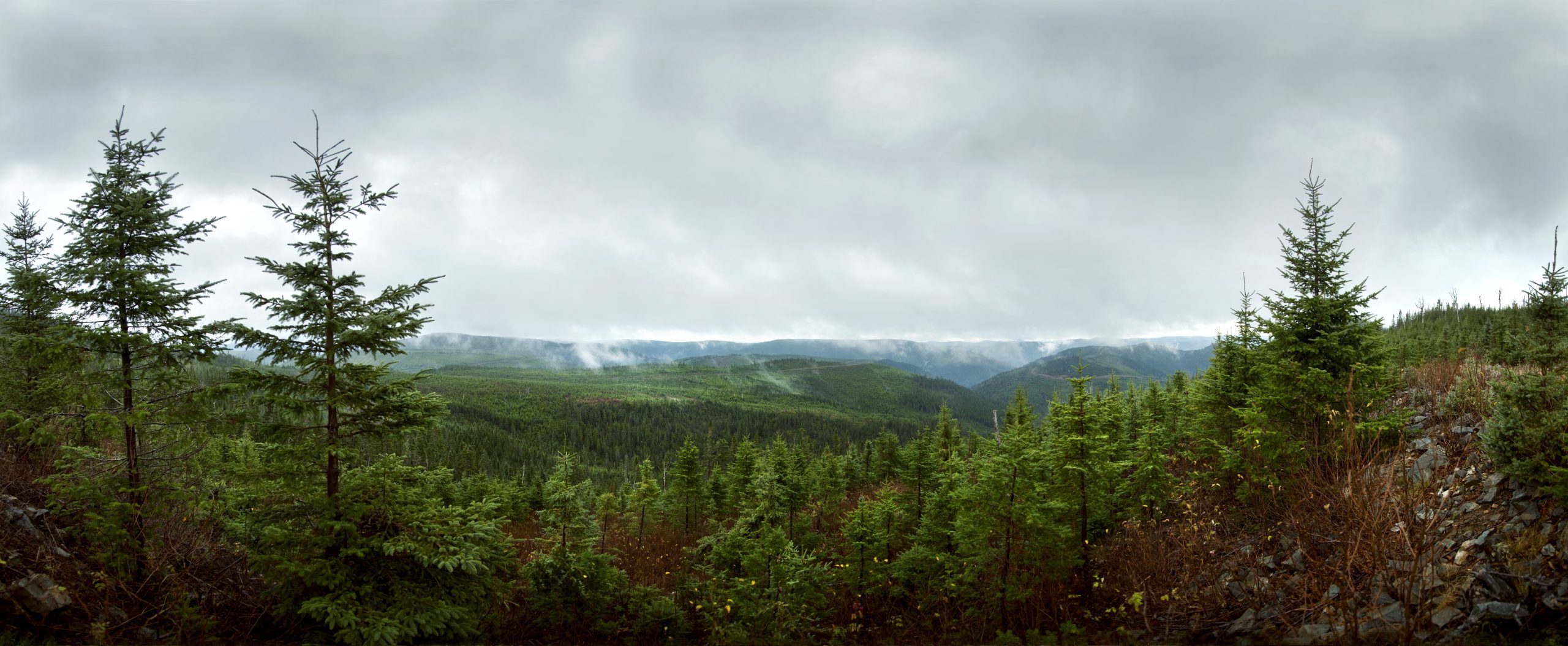
The Power of One Tree.
Did you know that the area burned by wildfires each year has been increasing and that forest wildfires are affecting the whole ecosystem?
When you look at a tree, note that about 5% of the tree is comprised of its leaves, 15% its stems, 60% percent goes into its trunk and 20% is devoted to its roots.
Through a process called photosynthesis, leaves pull in carbon dioxide and water and use the energy of the sun to convert this into chemical compounds such as sugars that feed the tree. But as a by-product of that chemical reaction oxygen is produced and released by the tree. It is proposed that one large tree can provide a day’s supply of oxygen for up to four people.
Trees also store carbon dioxide in their fibers helping to clean the air and reduce the negative effects that this CO2 could have had on our environment.
According to the Arbor Day Foundation, in one year a mature tree will absorb more than 48 pounds of carbon dioxide from the atmosphere and release oxygen in exchange.
Beyond the human and societal impacts, wildfires also affect the Earth’s climate. Forests in particular store large amounts of carbon. When they burn, they immediately release carbon dioxide into the atmosphere, which in turn contributes to climate change. After burning, forests also release carbon dioxide more gradually through decomposition.
Plant more trees. Choose a healthy planet.
Did you know that…
Climate change results in more intense rainfall and this increases the chances of flooding. This is because warming means the air can hold more moisture (for every 1℃ of warming, the atmosphere can hold 7% more moisture).
Climate change also makes connecting extreme weather events more likely.
Healthy and intact natural ecosystems have many benefits for utilities: reducing sediment and nutrient inputs into source water bodies, regulating runoff and streamflow, buffering against flooding and reducing storm surge impacts and inundation on the coasts.
Like other extreme weather disasters, flooding involves a number of competing factors that may affect its frequency and intensity.
Flooding, like other disasters, involves a number of competing factors that may affect its frequency and intensity in opposing ways.
Climate change, which is worsening extreme rainfall in many storms, is an increasingly important part of the mix.
Source: The New York Times
Elena Shao, July 27, 2022, Section A, Page 16 of the New York edition with the headline: Floods, Climate Change And the Future Forecast.
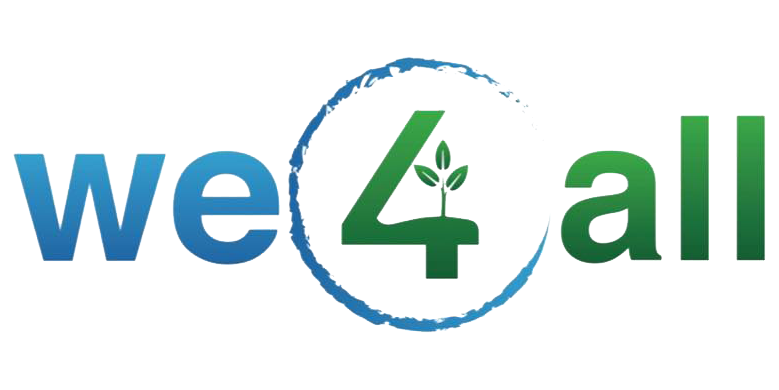
Take action on Climate Change.
Become an official member of we4all.
Any monthly membership is important because you are giving us the means necessary to keep on fighting for our planet’s future…our future.
Your membership will go to support:
-Tree Planting / Reforestation actions in areas that need it the most
-Watering and caring for our planted trees
-Protecting and preserving forest land
-Cleaning up sea shores, woodlands and urban areas
-Local we4all groups all over the world to expand their environmental actions
-Organizing seminars and lectures in schools and other organizations to raise environmental awareness
-Empowering people in various areas of the world to work for nature
Choose a monthly contribution or help us by donating one-off.
We are grateful for your support and we promise to continue doing our best for the planet.


